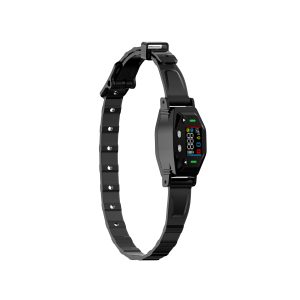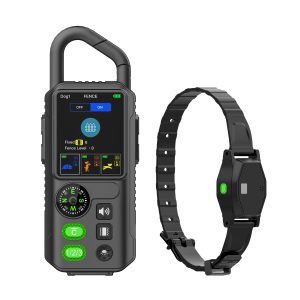Pet Training Made Easy: The Controversy Surrounding Remote Shock Vibration Dog Collars
Whether you’re a seasoned pet owner or a novice looking to train your furry friend, the topic of remote shock vibration dog collars has likely piqued your interest. These training tools come with a fair share of controversy, with advocates praising their effectiveness while opponents raise concerns about their ethical implications. In this blog post, we dive into the world of pet training collars, exploring the benefits, drawbacks, and the debate that surrounds them.
The Pros and Cons of Remote Shock Vibration Dog Collars
Remote shock vibration collars essentially operate by delivering a mild electric shock or vibration to your dog when they exhibit undesired behavior. While some trainers swear by their efficiency in correcting behaviors such as excessive barking or aggressive tendencies, critics argue that these methods can harm the emotional well-being of the pet and erode the trust between the owner and the dog.
Benefits of Remote Training Collars
Proponents of remote collars emphasize their ability to quickly and effectively modify behavior. The immediate feedback provided by the collar can help dogs associate certain actions with negative consequences, facilitating the training process. Additionally, remote collars can be useful for off-leash training or addressing behaviors that are difficult to manage with traditional methods.
Drawbacks and Ethical Concerns
On the flip side, opponents of remote training collars argue that these methods are cruel and unnecessary. The use of aversive stimuli like electric shocks or vibrations can lead to fear, anxiety, and aggression in dogs. Moreover, reliance on such collars may overshadow positive reinforcement techniques and hinder the development of a strong bond between the pet and the owner.
Final Thoughts
As the debate over remote shock vibration dog collars continues, it’s essential for pet owners to educate themselves about the available training methods and make informed decisions based on their pet’s individual needs and temperament. While these collars may offer a quick fix to behavioral issues, the long-term impact on your furry companion should be carefully considered.
Remember, effective pet training is about building a trusting and loving relationship with your four-legged friend. Whether you choose to use a remote collar or opt for positive reinforcement techniques, the key lies in patience, consistency, and understanding your pet’s unique quirks and preferences.
So, before you delve into the world of remote shock vibration dog collars, take the time to explore all training options and consult with a professional trainer to ensure the well-being and happiness of your beloved pet.




